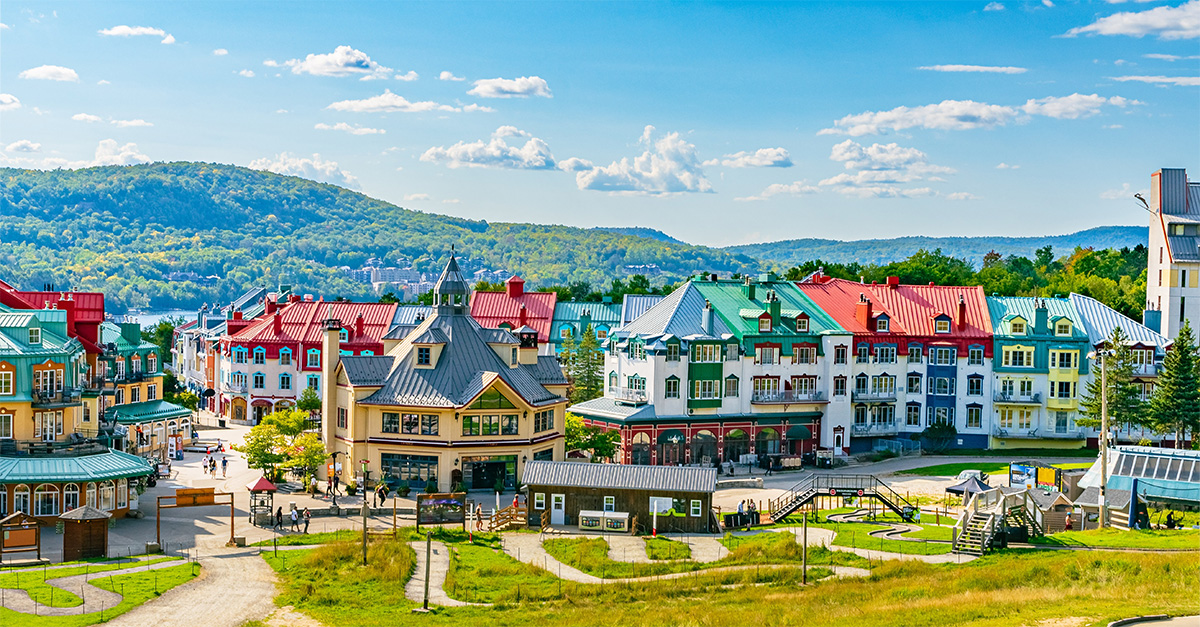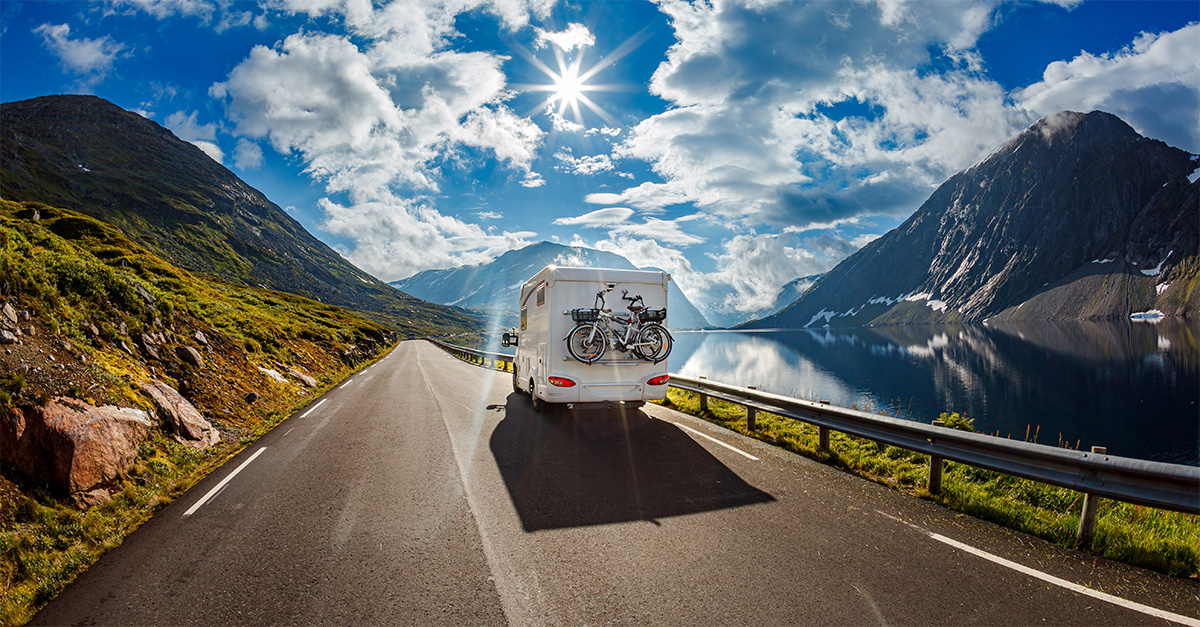These days, Kolkata has to wait in line behind Delhi and Mumbai before it gets British visitors’ attention. It wasn’t always this way. Once the capital of the Raj, and the trading headquarters of the mighty East India Trading Company, as it was then known, it was many visitors’ primary port of call.
Its wealth and status were reflected in grand palaces and stately houses filled with priceless art collections, gentlemen’s clubs, ornate churches and India’s first university. Though the days of British India are long gone, this era of Kolkata’s history is still palpable, existing alongside the teeming bustle of its modern incarnation.
“Kolkata is very different from Delhi and Mumbai,” says Jessica Andrews of specialist operator Ampersand Travel. “They are very 21st-century cities, but Kolkata still has an element of the Raj about it. It’s a powerhouse of the Indian arts, and despite its reputation for poverty, clients will find so much to enjoy if they explore and get under the city’s skin. It’s pretty intense, though, so a good guide is really important.”
What to see
The Victoria Memorial is Kolkata’s best-known building, and sits on the fringes of the Maidan, the large park that provides a much-needed green lung in the city centre.
The white marble construction takes something from both Western and Mughal architecture. Depending on how much time visitors have they can take a quick look from outside, or head in to see collections of paintings and photographs showing India during the Raj.
More Raj-era splendour can be found in B.B.D. Bagh (formerly Dalhousie Square) where the gothic Writer’s Building and domed General Post Office hark back to the time of British rule. In the same vein of faded glamour, the Marble Palace is a vast neoclassical mansion built by a wealthy Bengali merchant and stuffed with paintings and statues.
For more ancient history, the Indian Museum is the largest in the country, filled with a range of exhibits from religious artefacts and Mughal paintings to fossils, skeletons and mummies.
To see ancient traditions still surviving in the Bengal of today, head for the Kali Temple. The fierce three-eyed goddess wearing a necklace made of skulls is the guardian of Kolkata, so this is an important pilgrimage site.
Recommend clients also visit Kumartulli, the district of the city where the idols used in the worship of Kali are made. They’ll see craftsmen working with clay, straw and water, and will get a glimpse into the day-to-day life of local families.
What to do
The Hooghly, as the river Ganges is known in Kolkata, is the spine of the city, and no visitor should miss the opportunity to take a boat trip along it, either early in the morning or as the sun sets.
The southern riverbanks were among the most prestigious addresses during the Raj, and further north, beyond these grand buildings, the banks are lined with temples and ghats. A river trip will also give visitors the chance to get a great view of the infamous Howrah Bridge, the world’s busiest bridge.
An early start is necessary but worth it for a visit to Kolkata’s flower market, where everything from jasmine to chrysanthemums are bought and sold. Flowers play a large part in worship, so local people flock to the market.
The city has the oldest electric tram network in all of Asia, and riding the rails is an experience in itself. Clients can jump on a tram on the Jawaharlal Nehru Road – formerly known as Chowringhee Road – and rattle off slowly through the northern suburbs of the city, watching the world go by.
Itineraries
Many visitors to Kolkata head up to the Darjeeling hills, where they can see tea plantations and take a ride on the Darjeeling Himalayan Railway.
Or they can use it as a jumping off point to see some of eastern India’s other gems, such as the culinary hotspot of Lucknow, the holy Hindu city of Varanasi and the ancient religious site of Khajuraho.
Domestic flights with a check-in time of only 30 minutes before take-off mean Kolkata is easily combined with almost any other area of India. It’s also a gateway to Bhutan and makes a bustling counterpoint to the peaceful, mountainous country.
Hotels
Luxury travellers will love The Oberoi Grand, which provides real Raj-era charm. Once the iron gates that protect the hotel’s courtyard from the busy Jawaharlal Nehru Road are closed, it’s hard to believe you’re in the chaotic city centre.
It’s a real oasis of calm, with elegant period furniture and warm, polite staff tending to your every need. Rooms either overlook the city, or the internal courtyard, where there’s a lovely pool area.
The Taj Bengal is a more modern hotel, but equally luxurious, from its grand central atrium to the antiques and fine art scattered liberally through the hotel. The Sonargaon restaurant serves some of the best speciality Bengali cuisine in the city.
For those with a lower budget, recommend the reliable Peerless Inn or the New Kenilworth Hotel.
For somewhere with a quirky, personal touch, try the family-run Fairlawn Hotel, a comfortable guesthouse which has played host to many celebrities over the years, including Sting and Julie Christie.
Insiders’ guide
 “We can arrange sightseeing tours where the guide will also take clients to the local bazaar to buy fish and vegetables, and then back to the guide’s house to watch the preparations and eat a home-cooked Bengali meal. Kolkata is famous for its sweets; visitors should try rosogolla and mishti doi, which are milk-based desserts sweetened with syrup and jaggery.”
“We can arrange sightseeing tours where the guide will also take clients to the local bazaar to buy fish and vegetables, and then back to the guide’s house to watch the preparations and eat a home-cooked Bengali meal. Kolkata is famous for its sweets; visitors should try rosogolla and mishti doi, which are milk-based desserts sweetened with syrup and jaggery.”
Agomoni Ghosh, Cox & Kings, senior India sales consultant
 “Take a stroll around the Maidan in the evening – all of Kolkata comes out to enjoy the cool air. There are food stalls and buggy rides. For a taste of the Raj, we can organise for clients to visit the members-only Calcutta Club, which is still a social hub for wealthy citizens.”
“Take a stroll around the Maidan in the evening – all of Kolkata comes out to enjoy the cool air. There are food stalls and buggy rides. For a taste of the Raj, we can organise for clients to visit the members-only Calcutta Club, which is still a social hub for wealthy citizens.”
Amrit Singh, Transindus, founder director
 “Kolkata is a tea trading centre, and we arrange for clients to meet a tea-taster and see the tea-traders in action. The best Bengali food is street food, so clients should go with a guide and try delicacies from the road-side stalls – they taste delicious, and any stall with a long queue of locals will be safe to eat from.”
“Kolkata is a tea trading centre, and we arrange for clients to meet a tea-taster and see the tea-traders in action. The best Bengali food is street food, so clients should go with a guide and try delicacies from the road-side stalls – they taste delicious, and any stall with a long queue of locals will be safe to eat from.”
Jessica Andrews, Ampersand Travel
Sample package
Cox & Kings’ new 12-day Eastern Himalayan Trails group tour begins in Kolkata and visits Darjeeling, Gangtok and Kalimpong, and starts from £2,745 including Jet Airways flights from London via Delhi. coxandkings.co.uk, 020 7873 5000




